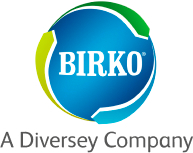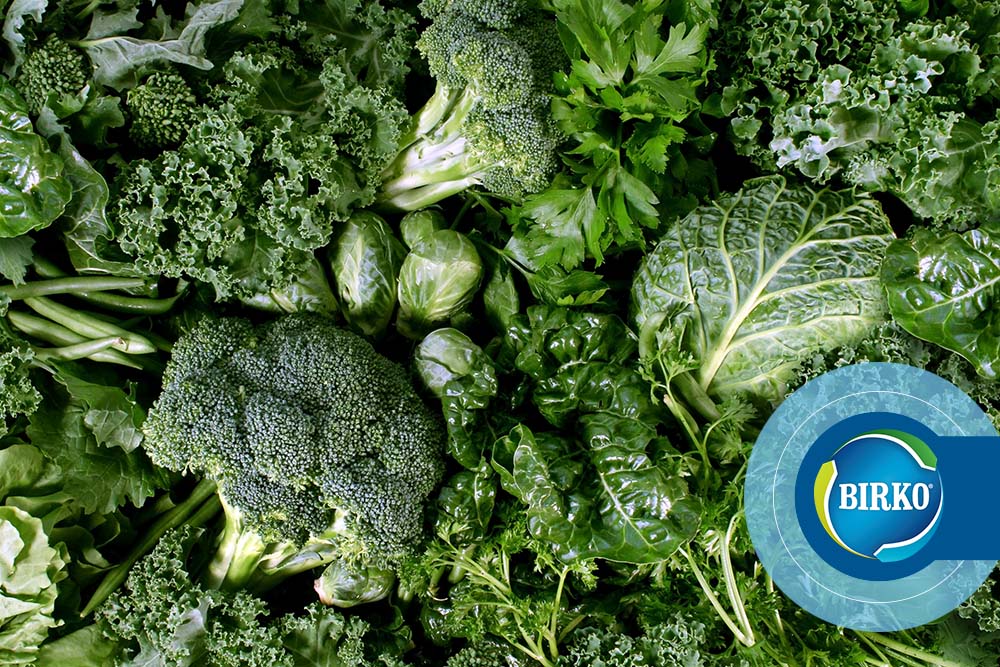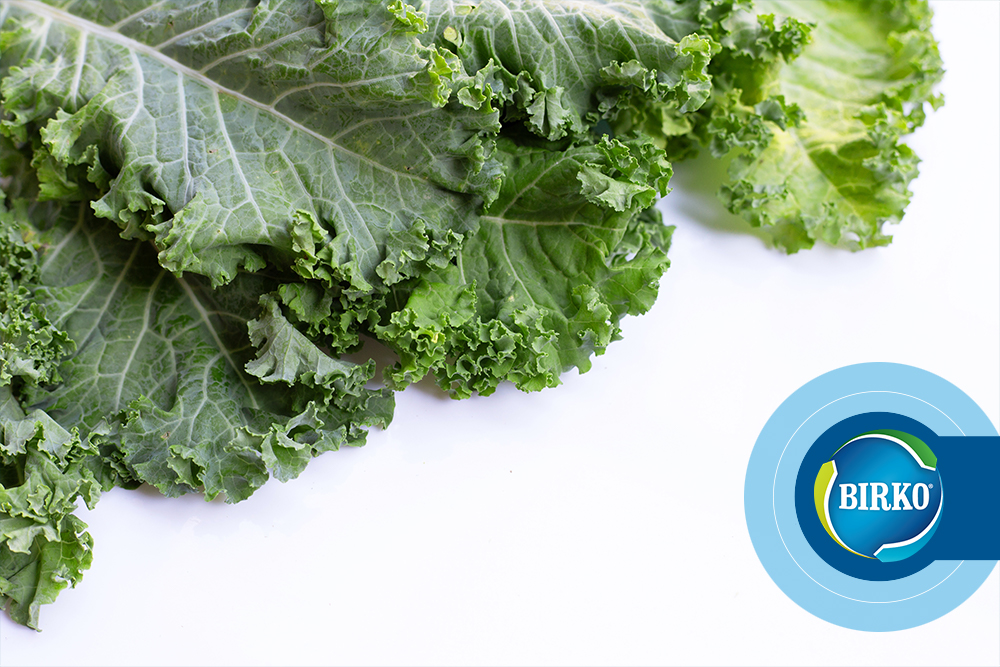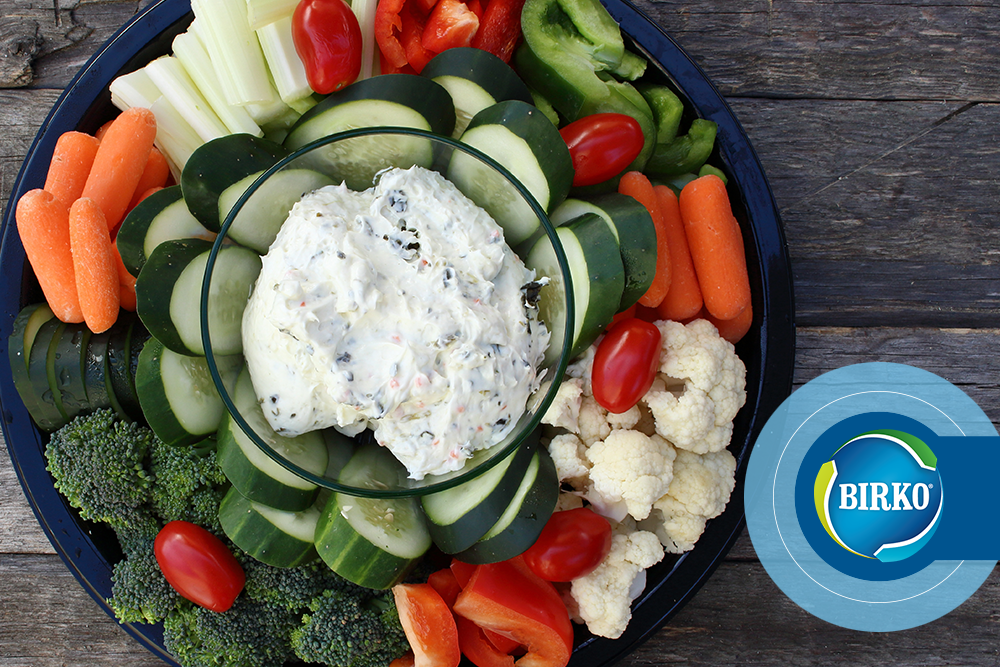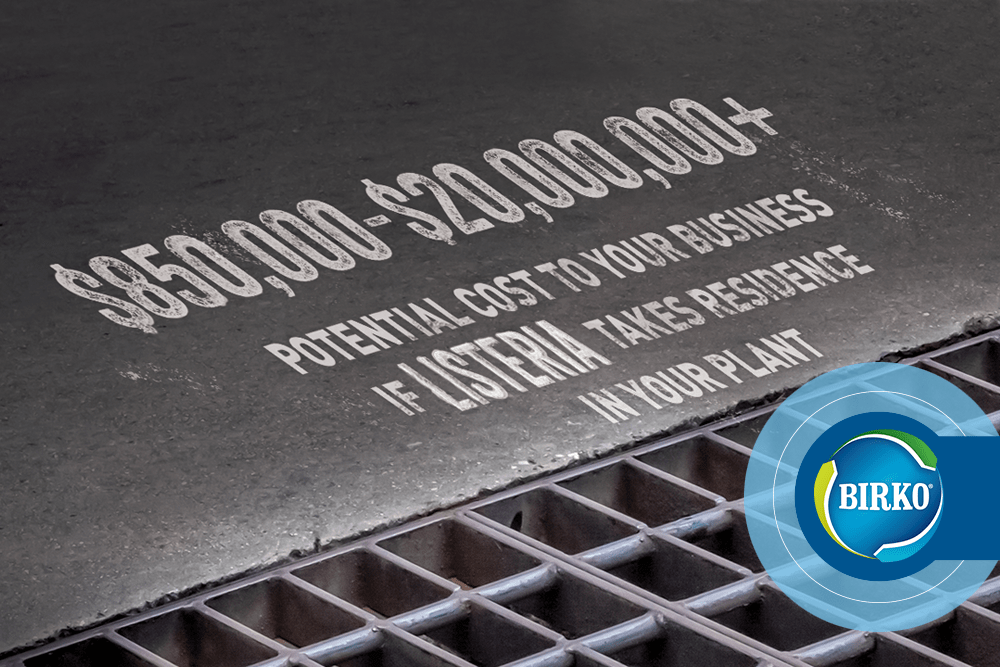Listeria: A pathogen that’s responsible for an estimated 1,600 foodborne illnesses each year and 260 deaths, according to the CDC. It thrives in water, soil and moist environments, and unfortunately, it most often makes its way to humans via the food chain. According to the U.S. Food and Drug Administration, Listeria generally spreads during harvesting, processing, packaging or transportation, where the food may become contaminated with bacteria. Listeria’s ability to grow at the low temperatures commonly found in processing facilities make it a major challenge for the fresh produce industry.
And, while cases of foodborne illness dipped in 2020 (according to the CDC), it’s still imperative that food processors—particularly of ready-to-eat (RTE) products and produce—renew their focus on listeriosis prevention. If anything, the reduced numbers show we should continue our ramped-up sanitation efforts and not let Listeria prevention slip.
Why worry about Listeria contamination?
Between tightened regulations, labor challenges and interruptions to the supply chain, food processors have no shortage of issues to navigate, making Listeria control easy to overlook. However, the current environment makes Listeria prevention more critical—a Listeria outbreak could devastate a brand.
Beyond the labor and supply chain challenges brought on by the pandemic, consumers have a heightened awareness of health and wellness. This heightened awareness means consumers are drawn toward fresh fruits and vegetables as an increased share of their diet. Industry consolidation is resulting in larger volumes of produce passing through fewer facilities meaning if those products are contaminated, it can affect more consumers than before. Not to mention, Listeria is potentially lethal for immuno-compromised groups, according to the FDA, meaning it poses a significant threat to individuals affected by COVID-19.
Even without the added concern of COVID-19, Listeria contamination can lead to severe illness and death for those who contract it. According to the FDA, consumers of foods contaminated with Listeria can experience fever, muscle aches, nausea, vomiting and diarrhea lasting from days to several weeks. Severe symptoms can include stiff neck, loss of balance and convulsions, and for children, the elderly and pregnant women, listeriosis can result in death. For food processors, outbreaks causing illness or death may result in criminal investigation and prosecution of evidence of negligence is found.
Consumers are going to support brands with products they perceive as safe, which means a brand’s reputation and consumer loyalty are at stake. Should a Listeria outbreak occur, plants will not only have to juggle the costs of increased sanitation, plant shutdowns or a recall. They’ll also have to bounce back from a damaged public perception.
To protect their products, brand and customers, food processors must make Listeria prevention a top priority. If you’re a produce or RTE processor, here’s how you can get ahead of Listeria in your facility.
Know the Environments Where Listeria Thrives
One of the biggest challenges in Listeria prevention is finding where Listeria may be hiding. Listeria is a threat at every stage of production, even before harvest. Listeria is ubiquitous in the environment and may contaminate lettuce in a field, for example, or workers may unintentionally spread contaminated soil from crop to crop. Harvesting equipment may also house Listeria, contaminating the crops into which it comes into contact.
In processing facilities, Listeria can flourish on equipment surfaces, flooring, tables, drains and even control panels. One of the major challenges of Listeria is its ability to persist in a processing plant for years and emerge to contaminate a product at random intervals. To help plants curb Listeria from spreading, the FDA has outlined four zones where pathogens may live:
- Direct contact areas: Places with direct contact to products, like tables and conveyors
- Indirect contact areas: Areas that may come in contact with food, such as overhead equipment, control panels or areas from which liquid can drip, or flow onto direct contact surfaces.
- Noncontact areas: Areas that don’t come in contact with food, like floors, walls and drains
- Auxiliary areas: Restrooms, warehouses, loading docks and other places from where employees could carry bacteria to contaminate different zones
Zeroing in on these areas—even cracks and hard-to-reach spots—can be instrumental in avoiding a Listeria outbreak at your plant.
Preventing Listeria: Sanitation and Environmental Monitoring
Using rigorous sanitation in both harvesting and processing is critical to getting ahead of Listeria. One of the reasons Listeria is a severe threat to produce and RTE processors is the lack of a kill step. Meat and poultry products are usually cooked before they’re consumed, which kills potential pathogens. However, fruits and vegetables are often eaten raw, meaning they don’t have the additional food safety precautions that a kill step brings. The risk is compounded because produce and fresh-cut processors cannot use the same chemical intervention chemistries as those used in protein processing. That makes thorough sanitation practices even more critical.
To mitigate these risks, fresh-cut and produce processors must develop a robust seek-and-destroy program around the four zones where pathogens can live. They can also utilize Novālent®, a new, revolutionary technology that inhibits the growth of bacteria, including Listeria. Novālent is a coating that processors can apply to any clean, dry surface, including harvesting equipment, tables, break rooms and restrooms after cleaning with Sterilex®, D7 or similar sanitizers. Novālent® is safe for direct contact areas, and once dried, it can have residual antimicrobial activity for up to 90 days. Learn more about how Novālent® works.
Listeria can also hide in cracks and crevices in walls and floors. Repairs in these areas can be costly and may take time to schedule. Barrier FS is a brightly colored paste that processors can apply as a temporary patch to suspect areas until they can remedy the issue. Learn more about Barrier FS.
Strategies for Controlling Listeria: Deep Cleaning and Disinfectants
If you do happen to get a positive result for Listeria in your facility, several potent disinfectants and sanitizers are available that eliminate pathogens. D7 is an EPA-approved disinfectant, sanitizer, cleaner and deodorizer that combats biofilms and can decontaminate hard to reach areas of the plant Another powerful solution to Listeria contamination is the Sterilex Total Disinfection Program. This intensified cleaning process can help you mitigate a positive microbial result using a proprietary disinfectant and biofilm removal agent. The program targets areas not regularly scheduled for sanitation cycles and can help you meet regulatory compliance standards. Processors can use this program as a one-time treatment or build an ongoing biofilm control program.
Find a Holistic Food Safety Partner
The right food safety solutions provider can significantly improve your pathogen prevention efforts, from offering sanitary design recommendations to providing automated sanitation equipment. Choosing a holistic food safety partner helps you get ahead at every stage, from before a product enters your facility to when it leaves.
Birko is committed to helping our partners achieve their food safety goals. In addition to leading chemistries and revolutionary processing equipment, we offer in-plant consultations and SSOP reviews, process optimization, employee training and guidance on OSHA, FSMA and HACCP standards. Talk to us today to learn more about preventing Listeria outbreaks in processing plants and how we can help you save on costs and reduce liability and risk.

